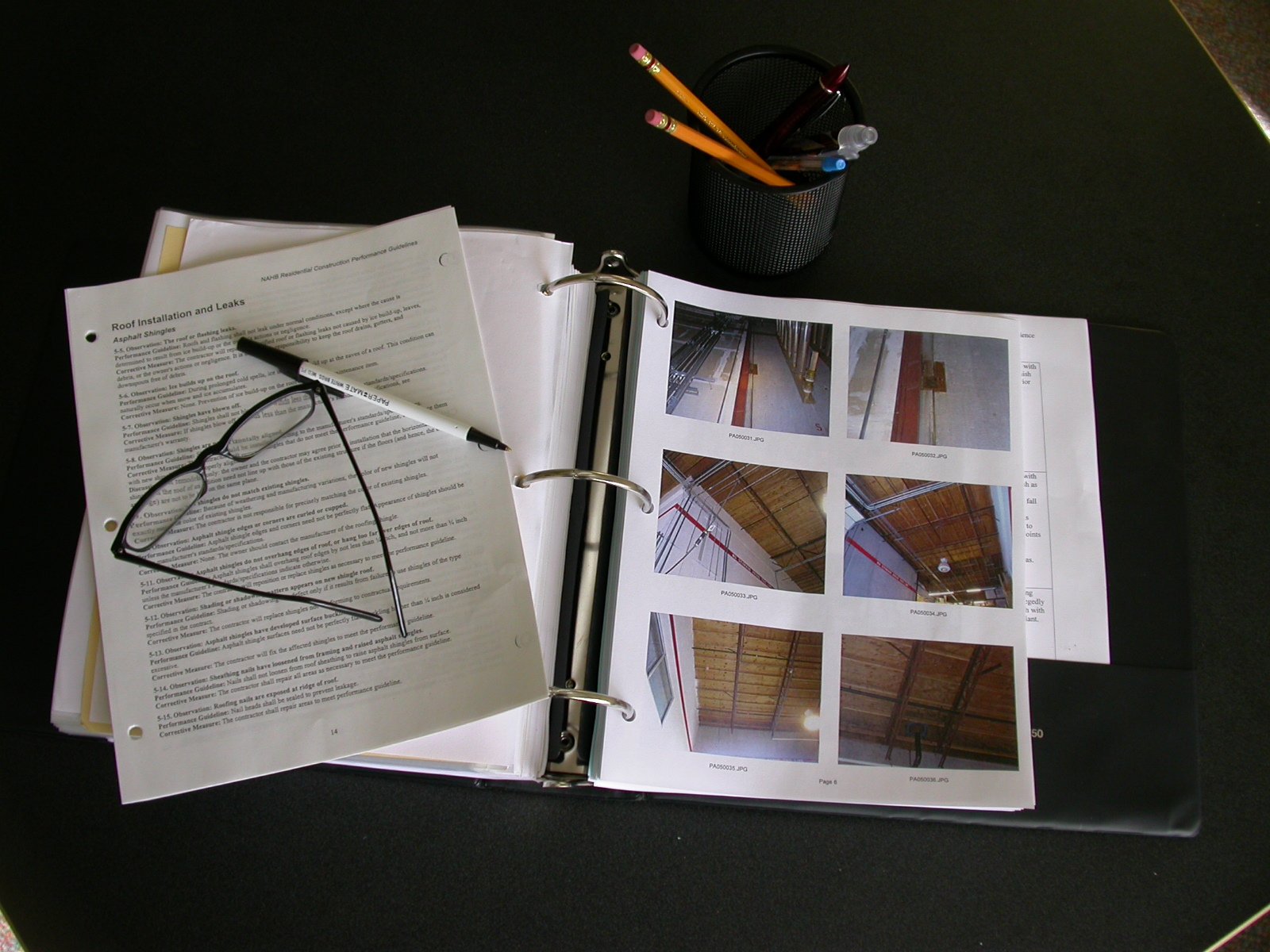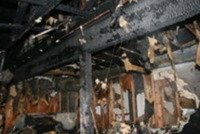Understanding Moisture Intrusion In Building Envelopes
/By Nolan Radke
The building envelope is the physical shell of a structure. It includes the walls, roof, windows, doors, and foundation—essentially, any component that separates the interior living space from the exterior environment. The condition of the building envelope directly affects interior temperature, air quality, light exposure, and noise levels. Poor envelope performance can lead to issues such as higher energy costs and moisture intrusion.
One of the most serious concerns is moisture intrusion. When water or moisture enters a building through its envelope, it can damage structural materials, reduce property value, and harm occupant health. Moisture intrusion refers to the unintended movement of water or water vapor into a building’s systems or structure. It is the leading cause of building damage and construction-related disputes. In fact, nearly a quarter of all home insurance claims are related to water damage and freezing events (Consumer Affairs – Journal of Consumer Research, 2024).
Moisture intrusion can occur in several forms. The most damaging is bulk water, which includes rainwater, melting snow, or surface runoff that penetrates the structure. Water can also enter through porous materials such as concrete, brick, or wood. For example, an improperly waterproofed concrete foundation can allow moisture to rise into adjacent walls. Condensation is another common source—forming when warm, moist air contacts a cooler surface. This often occurs when air moves through poorly insulated or sealed areas of the building envelope. Over time, excessive condensation can lead to mold growth and material deterioration.
Several factors can contribute to a compromised building envelope. The design may be inadequate, with weak transitions at roof-to-wall joints or poorly detailed window seals. The site may lack proper drainage or layering, or workmanship may have been rushed, resulting in improper installation. Additionally, materials such as sealants or flashing can fail over time, or may have been improperly installed, allowing water to enter. Although these issues are preventable and correctable, ensuring quality construction and thorough inspection from the start should be a top priority for builders.
To prevent weaknesses in the building envelope, builders must ensure strong coordination among all trades involved in construction. This includes design reviews, pre-installation meetings, and regular site inspections to verify that work is completed properly.
Finally, there are key indicators that may reveal water intrusion within a building. Visual signs include yellow or brown discoloration on walls or ceilings, mold or mildew growth, peeling or blistering finishes, and warping or buckling of materials. You may also notice musty odors or persistent condensation in certain areas—all strong indicators of hidden moisture.






